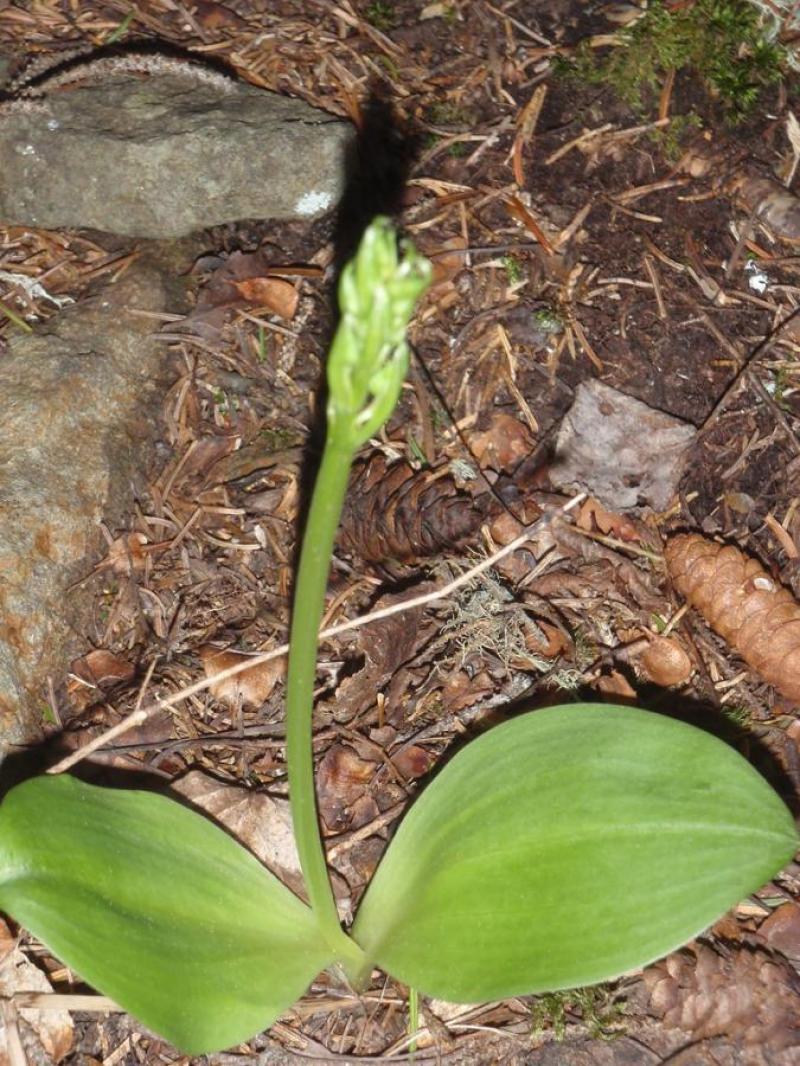Platanthera hookeri
Also known as: Hooker's Platanthera or Orchis hookeriana Platanthera hookeri f. abbreviata Platanthera hookeri var. oblongifolia Platanthera hookeri f. oblongifolia Platanthera hookeri var. abbreviata Habenaria hookeriana Habenaria hookeri var. oblongifolia Lysias hookeriana Habenaria oblongifolia Habenaria hookeri var. abbreviata in the subfamily: Orchidoideae
General Information
Hooker's Platanthera is a cold to cool growing terrestrial orchid belonging to the sub family Orchidoideae. It is named after the English Botanist in the 19th century.
Plant Description
Each new growth has numerous erect leaves
Flowers
Numerous fragrant blossoms appear during Spring
Fragrance
The orchid is fragrant.
Blooming Season
- Spring
Care Notes
These orchids grow on the forest floor so are used to rich soil containing plenty of organic matter that is always moist (but not always wet), and prefer constant conditions in terms of humidity, temperature and water supply. They may not be as forgiving as epiphytes in regards to sudden changes in growing conditions so it is wise to ease them into new conditions over a the space of a few days, and repot as infrequently as possible.
Keep an eye on the plants condition regularly as they can decline suddenly if the conditions are not just right. It is more important to keep water supply constant rather than frequent - overwatering often causes rot which can quickly set in, especially in warmer conditions.
These can be grown in shady, moist areas in the garden, supplied they have protection from abrupt changes caused by the elements, e.g. dry winds, frost etc. Being grown around companion plants such as ferns and bromeliads will help build and retain the humidity they require throughout the year.
Fragrant:- IsFragrant
Climate
Grows at low elevations.
Fertiliser
These plants do well with slow release fertiliser at the rate of 2-3 pellets per cup (250ml) of media. Additional fertiliser during the growth period may be beneficial, but not necessary.
Potting
These plants can be sensitive to repotting though should not require repotting regularly. Repotting should be done when the mix has broken down to the point that it doesn't absorb water or holds onto water for far too long, usually the plant shows a decline in growth as well.
The mix should be free draining, with a blend of 30% inorganic ingredients such as coarse sand, gravel or perlite, mixed in with about 70% organic ingredients such as peat, leaf litter or decomposed bark. Avoid commercial potting mixes as they can vary wildly and may contain "wetting agents" that can hold onto water for loo long, causing rotting and stunted growth.











